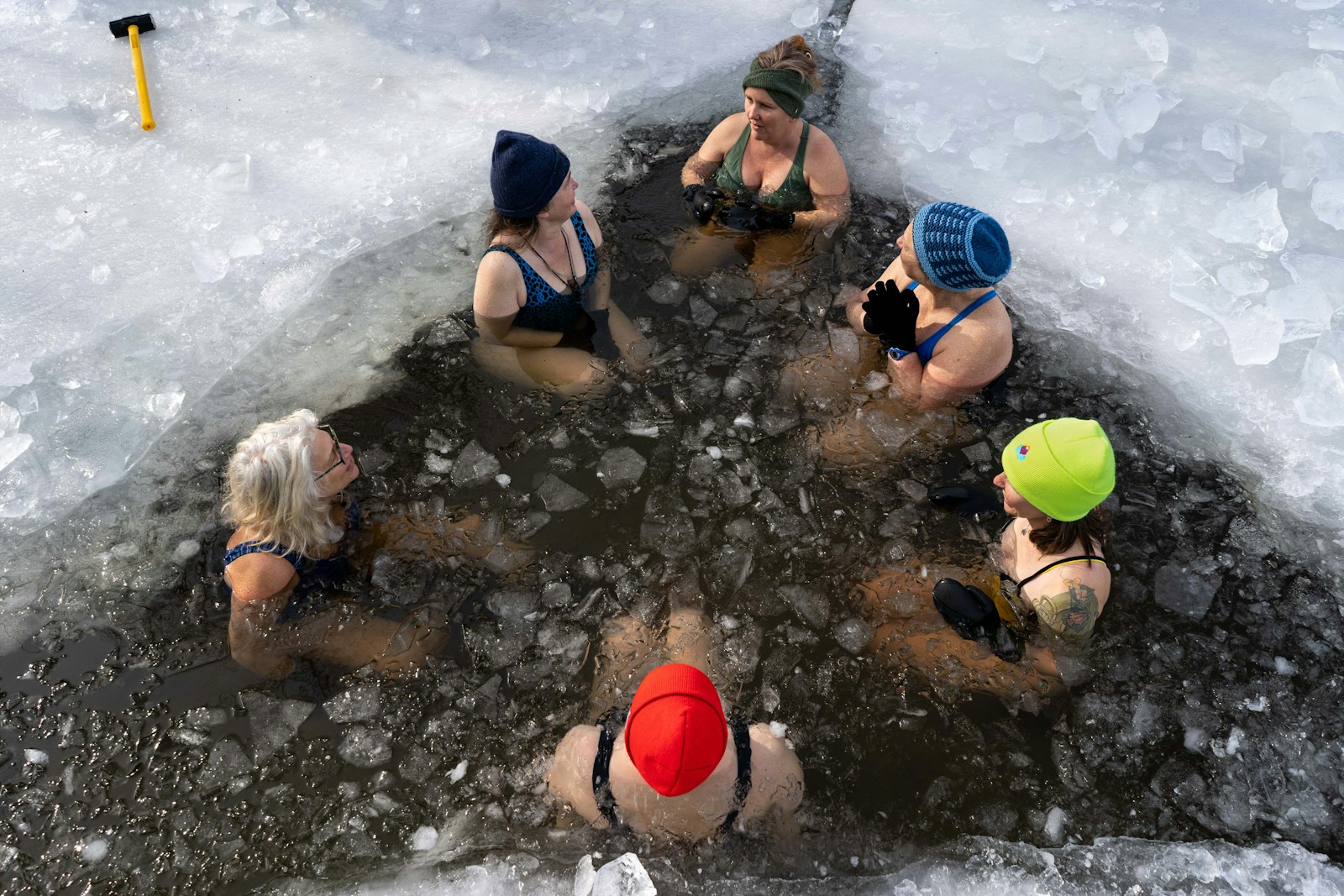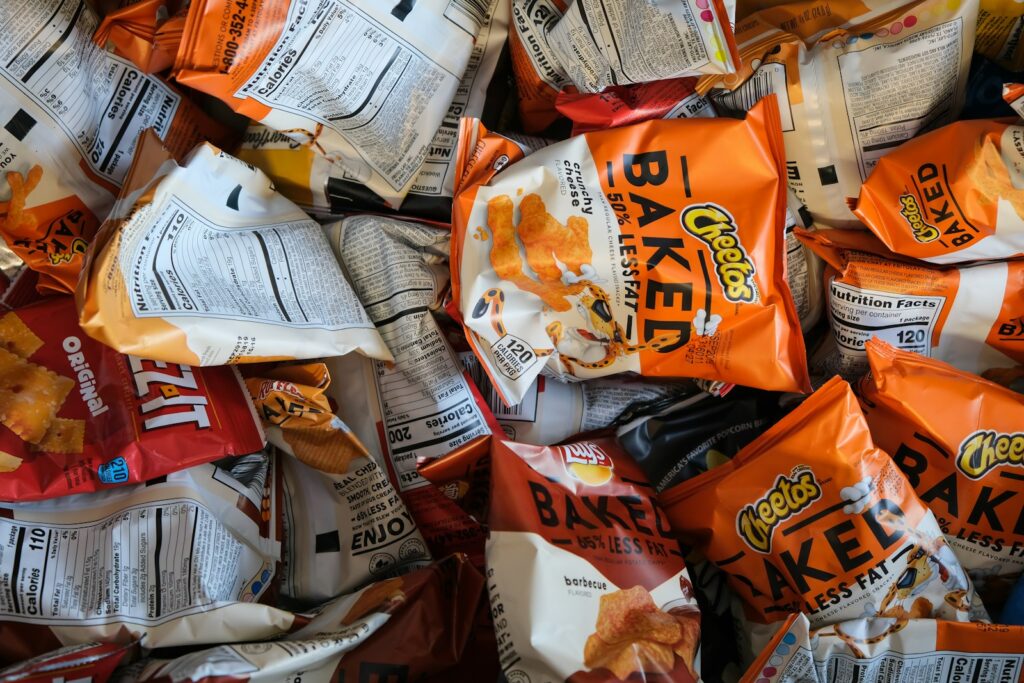Each new year brings its share of wellness fads—some promising breakthroughs, others offering little more than hype. In 2025, a mix of science-backed practices and questionable trends is shaping the health conversation. Here’s how to separate the useful from the overhyped.
Cold Plunges and Contrast Therapy
Cold plunges have gained significant popularity, with claims ranging from accelerated recovery to enhanced mood and immune system support. Research does show benefits: cold exposure can reduce inflammation and may boost mental resilience. Athletes, in particular, report quicker recovery when combining cold and heat in contrast therapy.
Still, plunges aren’t a magic fix. The benefits vary widely between individuals, and they’re not suitable for everyone—especially those with heart conditions. For most people, brief, safe exposure can be a refreshing tool, but it shouldn’t replace proven recovery methods like adequate sleep, proper nutrition, and hydration.
Red Light Therapy
Red light therapy is another 2025 buzzword, often advertised as helping everything from skin repair to joint pain. Some evidence supports its use for wound healing, reducing inflammation, and improving skin elasticity. Dermatologists are cautiously optimistic about its role in managing specific conditions.
The catch? Many at-home devices don’t deliver the same intensity or wavelengths used in clinical settings, resulting in inconsistent results. While red light therapy holds promise, more research is needed before it can be considered a mainstream treatment for broad health claims.
Read More: 7 Recovery Tools That Actually Work (And 3 That Don’t)
Seed Cycling and Hormone Health
Seed cycling—eating flax, pumpkin, sunflower, or sesame seeds at different phases of the menstrual cycle—is trending as a natural hormone balancer. While nutrient-rich seeds provide fiber, healthy fats, and micronutrients, scientific evidence that cycling them impacts hormone levels remains limited.
That said, incorporating seeds into your diet is harmless and generally healthy. Just remember: their benefits come from overall nutrition, not precise timing. If hormonal issues are a concern, professional medical guidance is more reliable than food timing strategies.
Personalized Nutrition and DNA Testing
DNA-based diet plans and personalized nutrition apps are gaining traction in 2025. The idea is that your genetic makeup determines how your body processes nutrients. While early studies suggest potential, the science is not yet fully settled. At best, these tests provide general guidance rather than precise meal prescriptions. For now, balanced eating patterns—like the Mediterranean diet—remain a safer bet than pricey genetic promises.
Wearable Health Tech
Wearable devices are advancing rapidly in 2025, moving beyond step counts to track sleep stages, blood oxygen, stress levels, and even early signs of illness. These tools can increase awareness and help people make healthier choices.
However, wearables aren’t perfect. Data accuracy can vary, and constant monitoring may increase anxiety for some users. The best use of wearables is as a helpful guide, not a definitive medical authority.
The Takeaway
Trends like cold plunges, red light therapy, and wearables show real promise but aren’t cure-alls. Others, like seed cycling, may be more symbolic than scientific.
As always, a balanced lifestyle built on sleep, nutrition, movement, and stress management remains the proper foundation of health.




